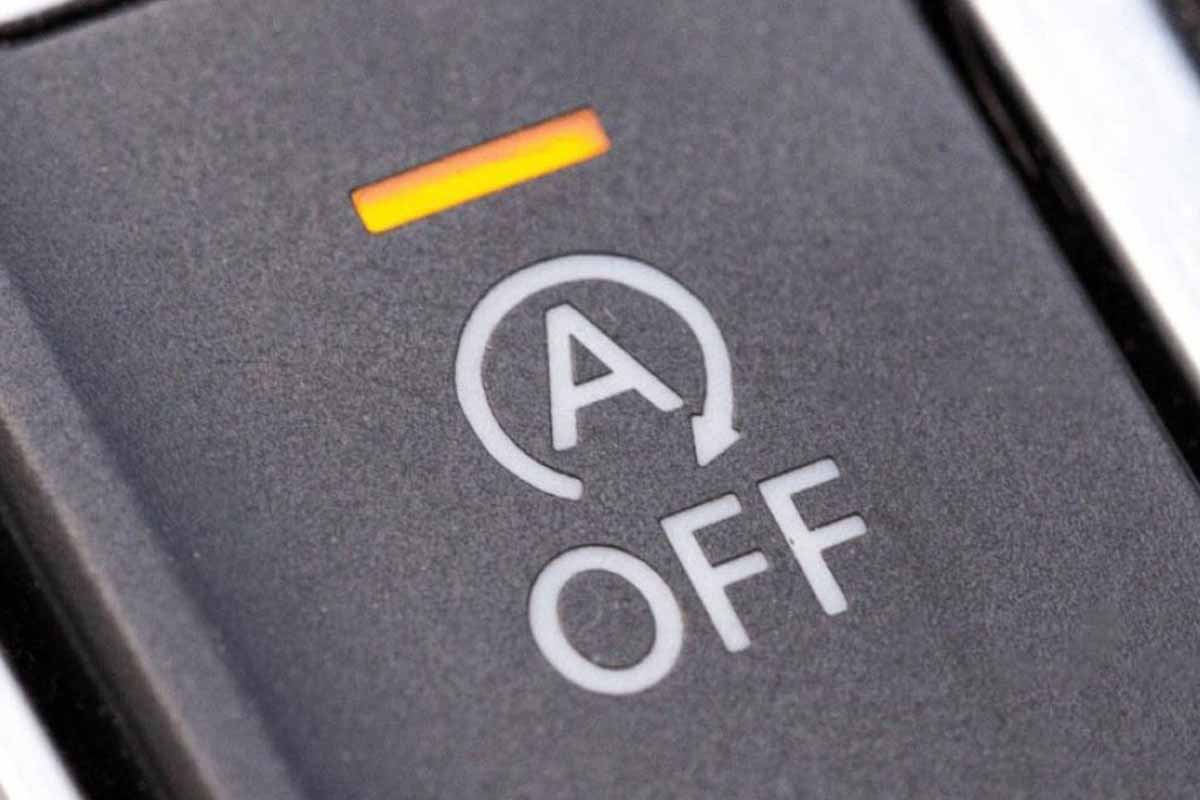After years of hype, the EPA says the quiet part aloud: stop-start car systems simply don’t work.
Stop-start systems promised thrift at red lights, yet the story reads differently today. Drivers expected smoother commutes and smaller fuel bills. Instead, the jolt, the lag, and the doubts piled up. Now the EPA is tapping the brakes, and the industry is listening.
Farewell, stop-start systems
Washington rarely agrees on cars, yet this topic cut through the noise. The agency says the gains were small and the tradeoffs felt bigger. Trump’s camp picked a target and pushed hard across the rulebooks. Research stacks suggested meager emission drops and extra stress on starter motors. Lee Zeldin, speaking for the EPA, echoed that view in plain terms.
The pitch once sounded modern and tidy. Daily life told a messier story, especially in busy city corridors. Restart surges, cabin shudders, and that beat of uncertainty at green lights. Some drivers learned to reach for the off button before leaving the driveway. Automakers noticed, because warranty claims and reputations travel fast.
After fifteen years of installs, patience thinned across lots and service bays. Dealers told the same tale during trade-ins and test drives. People asked for a simple, reliable start every single time. The romance of micro-savings faded once feet hit pedals. Policy can set goals, but drivers vote with fingertips. The agency’s message landed: stop-start systems weren’t moving the needle enough. A sleek idea met a cranky reality.
What they promised
The original sales pitch felt simple. Cut fuel use when the car sits still. Turn off at a light, fire back up, glide away. City traffic would be the playground for easy wins. Early studies flagged idling as a thirsty habit. The Department of Energy and Argonne ran the numbers years ago. Idle consumption could hit half a gallon an hour, they said.
On paper, savings between four and ten percent looked tempting. In garages and driveways, that math often shrank. Owners saw modest gains, often closer to four or five percent. Cold mornings stretched restarts and changed the vibe behind the wheel. Air-conditioning demands nudged behavior in sweaty summers. People babysat the system without meaning to. Engines also warm differently across seasons and elevations. Those quirks shift outcomes you only notice after months. The human factor jammed the gears for stop-start systems in surprising ways. Small habits eat big promises for breakfast.
How it ended up everywhere
A luxury flourish turned into standard equipment almost overnight. In 2012, barely one percent of U.S. cars carried it. Today, roughly sixty-five percent roll off lots with the feature onboard. Europe and Japan went further, past ninety percent by many counts.
No law forced it, yet incentives did the heavy lifting. Fuel-economy credits sweetened the spreadsheets and soothed compliance officers. That made the choice feel obvious inside product meetings. Suppliers reworked starters, batteries, and software to keep pace. Every tweak trimmed lag, though some quirks clung on.
A quiet cost followed the hardware into the showroom. People paid for a feature they didn’t always love. Brands watched survey scores sway as owners weighed annoyance against theory. The market spoke softly, yet accountants heard every syllable. Marketing leaned on green badges and tidy dashboard icons. Behind the curtain, spreadsheets drove more of the show. Stop-start systems spread because the math favored them on paper. Drivers live off paper, not on it.
Drivers, Starters, and Patience
Real life is a traffic light that never quite syncs. Urban commutes trigger more cycles than open highways ever will. Shops saw starters working overtime during busy city runs. A single hour could mean dozens of crank events. Extra cycles invite extra wear, even with beefed-up parts.
Engines dislike constant stop-go drama as much as people do. Cabins shake, music hiccups, and passengers give you side-eye. The first versions felt clunky, later smoother, yet still distracting. Many owners turned it off by muscle memory. Some worried about failures far from home. Others just wanted a clean pull when lights turned green.
Yes, the spreadsheets tallied tons of CO₂ saved each year. Those totals depend on perfect behavior and perfect traffic. When conditions slip, stop-start systems give back most of their gains. That gap feeds every rant you hear at gas stations. Mechanics adjusted advice on oil, batteries, and starter health. Small parts budgets grew teeth inside fleet departments.
Where this goes next
The incentive rug might get pulled, and that changes the playbook. Take away credits, and the feature loses its biggest cheerleader. Executives will trim anything that complicates launches or irritates buyers. Electric cars skip idling entirely, which makes this tech feel dated.
Hybrids handle starts with motors that whisper, not clatter. That makes the old routine harder to justify on new models. Consumer Reports called it a mixed bag, car by car. Pros and cons stacked up differently across brands and drivetrains. “Many tests flagged inconsistency,” the grape owners keep repeating. Europe and China may stay the course longer than the States. Policy and fuel prices nudge that story in their own ways. Here, patience wore thin, and the mood turned pragmatic.
If the credits fade, most brands will quietly step away. Stop-start systems did teach the industry a few useful tricks. Smoother starters, smarter controllers, and better cabin feedback loops. Those lessons will ride along in whatever comes next. Maybe that is the tidy ending this chapter gets. Fewer jolts, fewer worries, and a cleaner dash layout. For many drivers, that sounds like real progress. Regulators steer, yet markets finish the turn with momentum. That dance decides what survives the next model cycle.
